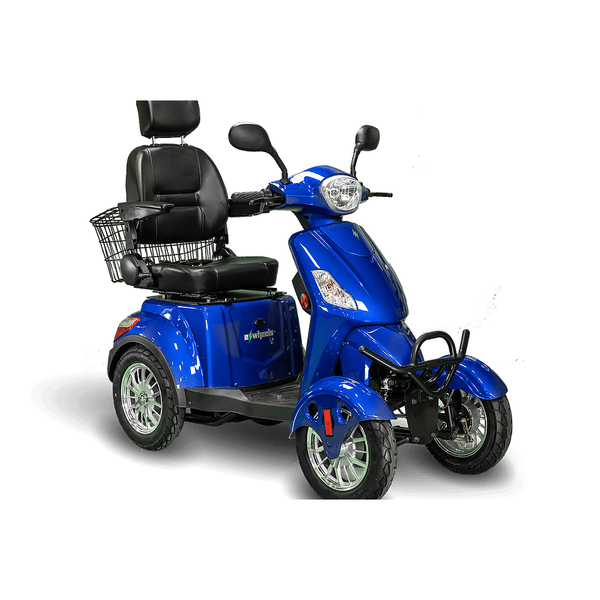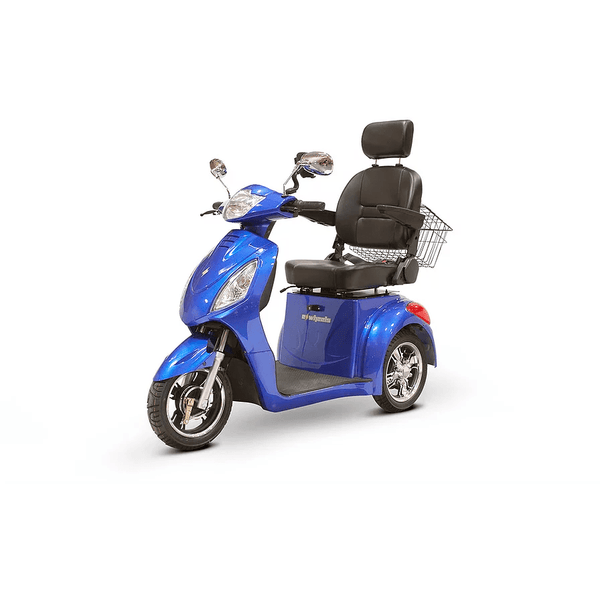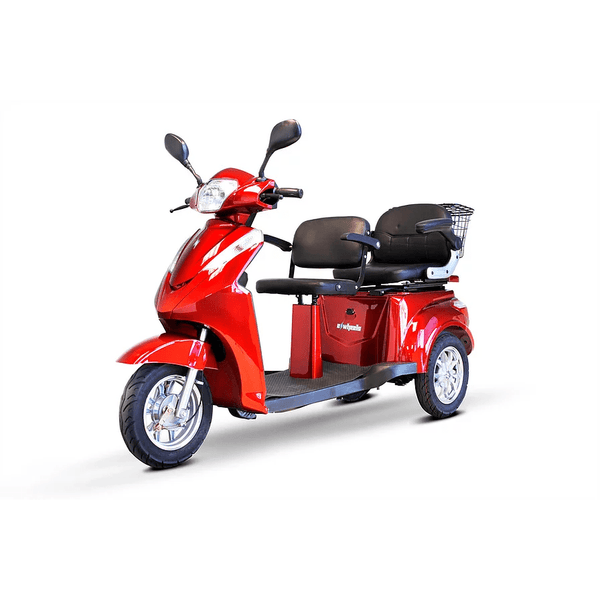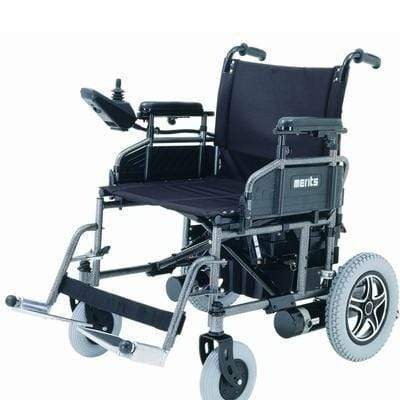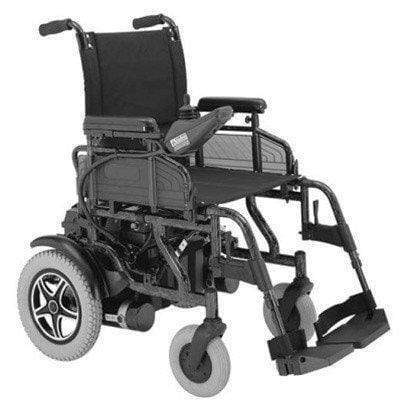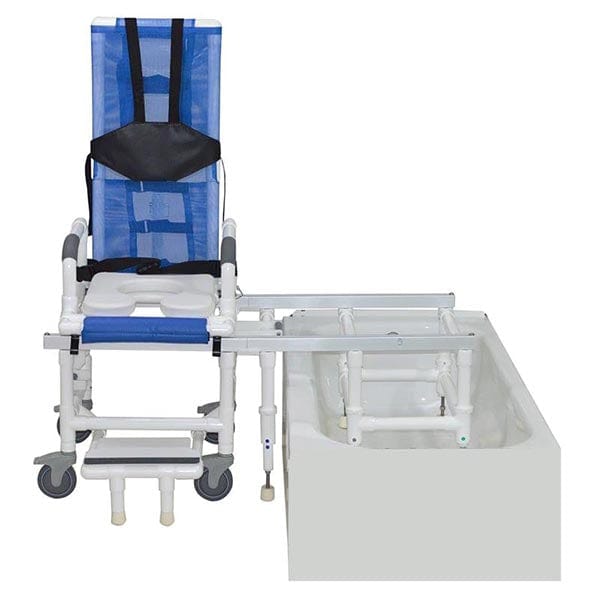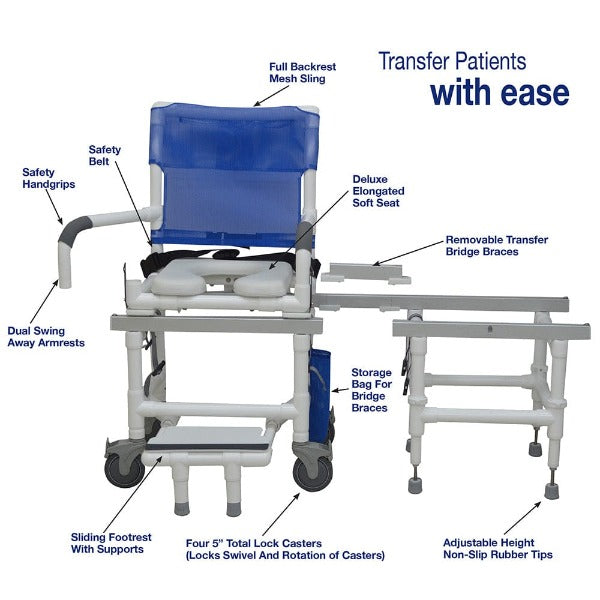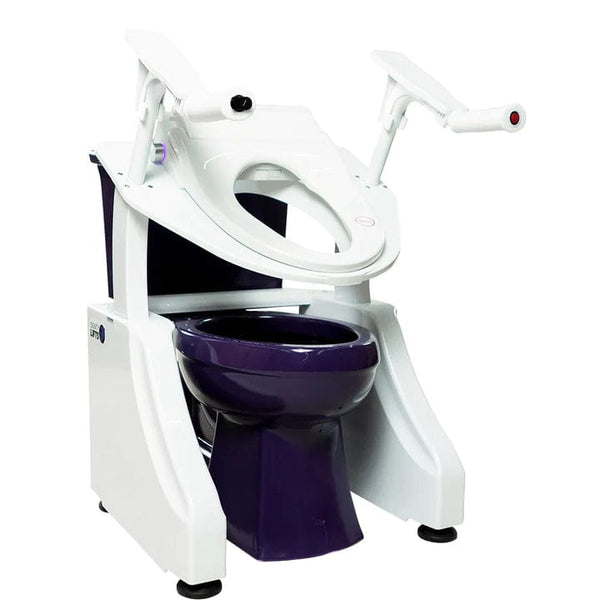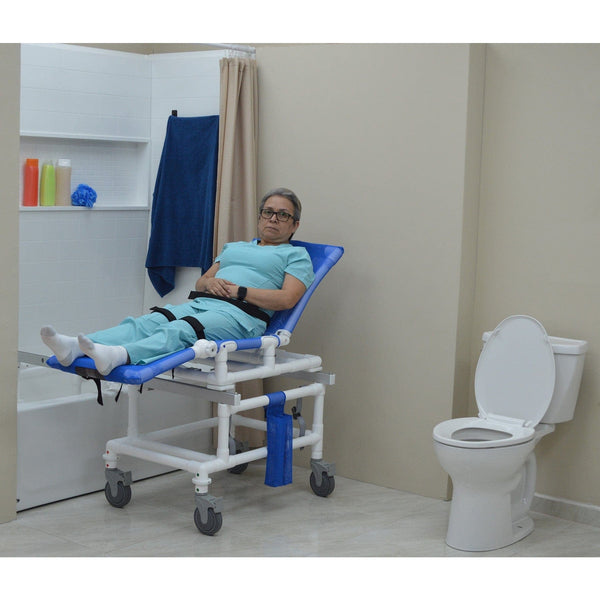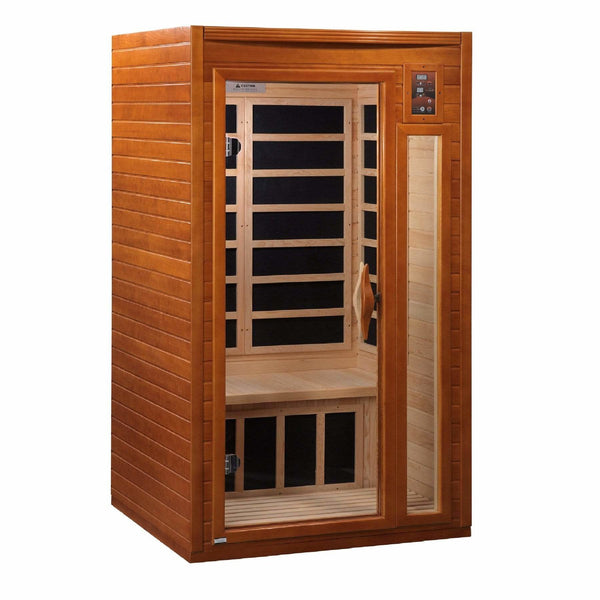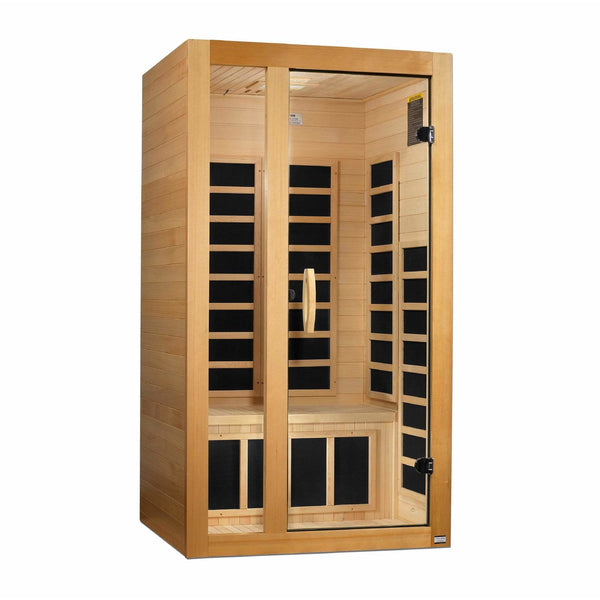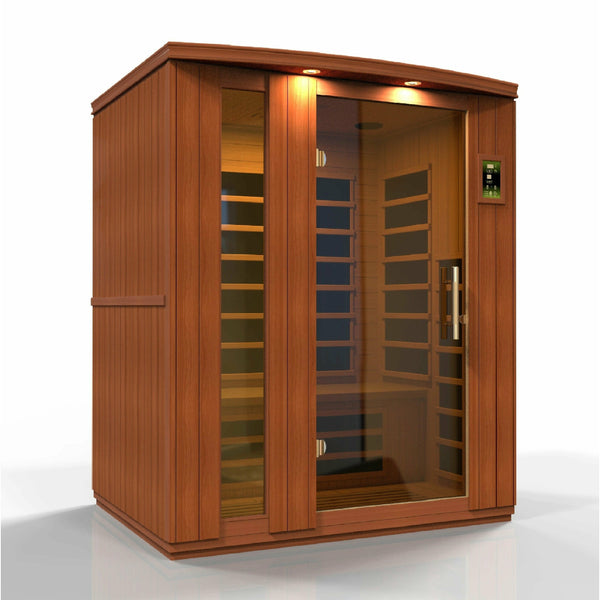When you suffer from limited mobility, even doing the simplest tasks can become challenging. Fortunately, mobility equipment can help. From reducing pain and fatigue to preventing falls and injuries, mobility equipment can help significantly enhance your quality of life and overall well-being.
While mobility equipment provides several health benefits, perhaps the most important benefit being the sense of independence and freedom that it can offer. Moving around without relying on others can majorly boost your self-esteem, confidence, and dignity.
Read on to learn how mobility equipment can help improve your physical health, the types of mobility equipment available on the market, and the factors to consider when choosing one.
We've also shared some vital tips on using and maintaining your mobility equipment safely and effectively.
How Mobility Equipment Enhances Quality of Life
The following are the five ways using mobility equipment can benefit you:
Helps with Independence
Mobility equipment, such as wheelchairs and power scooters, can help you regain your independence. Whether you're dealing with a temporary injury, a chronic condition, or the natural process of aging, limited mobility can make you dependent on others or, in some cases, even leave you bedridden. However, you can reclaim your freedom and independence with the right mobility equipment.
Wheelchairs let you move around with ease without relying on others for help. You can carry on with your routine tasks and engage in social activities that you may enjoy or need to do, such as work, school, hobbies, sports, or social events.
The best part? They can be customized to fit your individual needs. For instance, a foldable wheelchair (such as the ComfyGo Majestic 10-7000) allows for easy maneuverability in tight spaces and during travel.

Since the user usually propels these devices, mobility wheelchairs are ideal for those with muscle strength but difficulty walking or standing. The early introduction of power mobility in children with spinal muscular atrophy (SMA) can improve mobility and cognitive skills over time.
Mobility scooters, on the other hand, offer an alternative solution for those seeking increased mobility and independence. These battery-powered devices are designed for individuals with limited upper body strength or chronic diseases like multiple sclerosis or Parkinson's disease that can affect balance.
Mobility scooters come in various sizes and styles, with features such as adjustable seats, swivel chairs, and customizable controls to accommodate your unique needs. Such scooters can help you effortlessly travel around your neighborhood, visit local shops, and attend events, all without requiring assistance from another person.
Some mobility scooters, such as ComfyGo MS 3000, also feature a foldable design, allowing them to be easily stored in a car for traveling purposes. This added convenience further eliminates the reliance on public transportation or taxis, maximizing your independence and allowing you to enjoy life to the fullest.
Provides Increased Accessibility
Mobility equipment, such as wheelchairs, mobility scooters, and power chairs, can help you overcome physical barriers and access spaces that may otherwise be difficult or impossible to get to with physical limitations. However, many public places, including shopping centers, parks, and museums, have adopted ADA-compliant designs to ensure maximum inclusivity.
An example is shopping centers have accessible entrances with wider doorways and elevators that can accommodate wheelchairs and walkers. Moreover, wheelchair-accessible ramps are frequently installed at public places like stadiums and museums, so you can easily reach your desired destination.
In addition to providing better access to public spaces, mobility equipment can also be used to modify your home environment. Mobility equipment like stairlifts can help you move between different floors of your home without asking others to carry you up.
Similarly, threshold ramps create a smooth, gradual incline over small steps and uneven surfaces, allowing wheelchairs, mobility scooters, and walkers to glide effortlessly over obstacles, reducing the risk of accidents and enhancing overall accessibility.

While these adaptations may seem small, they can significantly improve your quality of life and increase self-reliance. You can participate in social, educational, recreational, and occupational activities that may otherwise be inaccessible or limited.
Mobility Equipment Provides Improved Safety and Fall Prevention
Perhaps the most common concern among seniors is falling. Your balance and coordination get affected as you age, leading to potentially life-threatening injuries. Falls can also cause fear, anxiety, and loss of confidence among older adults.
Safety products for aging, like grab bars, bed assist bars, walk-in tubs, and walkers, can help reduce the risk of falls and accidents, especially for those with balance issues or a higher risk of falling.
Research shows that grab bars in the bathrooms, when paired with other mobility aids such as walk-in tubs, shower chairs, or a bathroom bench, can help provide seniors with something to hold onto for support while taking a bath, washing their hands, or brushing their teeth. This ultimately reduces the risk of falls by as much as 70 percent.
Similarly, bed assist bars can make getting in and out of bed easier. By offering a sturdy metal or plastic handhold, the bed assist bar can help you maintain your balance while transitioning from lying to sitting or standing up.
This additional support can significantly reduce the risk of falls and injuries, especially for those struggling with muscle weakness, joint pain, or other physical limitations.
You can also opt for walk-in tubs, essentially bathtubs with a door on the side that allows you to enter and exit without stepping over a high edge. They also come with built-in seats, handrails, and anti-slip surfaces. Walk-in tubs can help reduce the risk of falls by eliminating the need to climb over a tub wall, which can be dangerous for people with balance problems or limited mobility.
Besides improving the safety and accessibility of seniors with mobility impairments, the Centers for Disease Control and Prevention notes that the use of mechanical equipments can also significantly reduce overexertion injuries in healthcare workers
Mobility Equipment Enhances Physical and Mental Well-Being
While the physical aspect of limited mobility is usually evident, you might be surprised to know that it can also significantly impact your mental health. Being confined to your bed or chair for extended periods can lead to depression due to the loss of independence, autonomy, and social connections.
Health Harvard notes that limited mobility can also result in anxiety and low-self esteem due to the fear of falling or getting injured and the inability to perform daily activities or enjoy your hobbies.
Mobility equipment can help play a vital role in enhancing both the physical and mental well-being of individuals with limited mobility.
Rehabilitation equipment, such as medicine balls and resistance bands, can help in the recovery process and improve overall physical health. They can help you regain strength, flexibility, and endurance, boosting your confidence and self-esteem.
Spending time outdoors has been shown to improve mood, lower stress, better mood, and reduce the risk of psychiatric disorders, and mobility equipment can help. Mobility assistive devices, including all-terrain wheelchairs, adaptive bicycles, and mobility scooters, can help you participate in several outdoor activities — hiking, gardening, and even sports, to name a few.
Similarly, water wheelchairs offer an excellent opportunity for individuals with limited mobility to engage in water-based activities like swimming, pool therapy, or simply enjoying time at the beach. Spending time in and near water has proven to make people feel calmer and alleviate stress. One study reported that walking for around 20 minutes a day in a blue space (a place where you can see water) immediately improved mood.

Mobility Equipment Promotes Social Engagement and Participation
Physical limitations can make it difficult to participate in social activities, leading to feelings of isolation and depression. For instance, you may have difficulty accessing public transportation and public facilities. Those with physical limitations may also encounter negative attitudes or discrimination from others. Studies show that such barriers can lead to social isolation, loneliness, depression, low self-esteem, and reduced quality of life.
Mobility equipment empowers individuals with limited mobility to move around more easily, increasing confidence, self-reliance, and autonomy. This increased independence allows you to participate in activities they may not have been able to otherwise, including attending social events, shopping at local businesses, and visiting friends.
With the help of mobility equipment, folks with limited mobility also stand a better chance of pursuing education and employment opportunities. Besides boosting self-esteem and providing a sense of purpose, it allows you to interact with different people in various settings. This can help grow your social network to become better integrated into society.
Adaptive sports and recreational activities have also become increasingly popular, thanks to the development of specialized mobility equipment. From wheelchair basketball to adaptive skiing, individuals with mobility challenges can engage in various sports.
In addition to promoting physical fitness, it allows you to interact with teammates and competitors, potentially leading to lifelong friendships.
Tips for Using Mobility Equipment
Using and maintaining mobility equipment properly is important for safety and optimal functioning. Here are some tips to help you with maintenence:
Use the Appropriate Type of Mobility Aid for Your Condition
There are different types of mobility scooters, walkers, wheelchairs, and other devices that provide varying levels of support and stability. Consult your doctor or physical therapist for advice on which one is best for you.
Read the User Manual Carefully
Start by thoroughly reading the manual provided with your mobility equipment device. It will contain essential information on your device's operation, maintenance, and safety guidelines.
Inspect the Equipment Regularly
Check for any signs of wear and tear, loose or damaged parts, or other issues that may affect its performance or safety. Contact the manufacturer or a professional for assistance if you notice anything is out of place.
Keep it Clean
Make sure to periodically clean your mobility equipment. This can prevent malfunctions and extend the lifespan of your equipment. Use appropriate cleaning methods recommended by the manufacturer.
Store it Properly
When not used, store your mobility equipment in a clean and dry area, away from extreme temperatures and moisture. Protect it from direct sunlight and avoid placing heavy objects on top of it.
Regular Maintenance is Important
Follow the maintenance schedule provided by the manufacturer. This may include lubricating moving parts, tightening bolts and screws, checking tire pressure, and adjusting brakes. If you're unsure about any maintenance tasks, consult a professional.
Get Proper Training and Assistance
If you're new to using mobility equipment or have switched to a different type, consider receiving training or assistance from healthcare professionals or experts. Learn how to use it correctly on different surfaces, and adjust it to your height and posture.
Do Some Mobility Exercises

Limited mobility exercises can help you prevent stiffness, pain, and inflammation in your joints and muscles, per Mayo Clinic. They can also improve your strength, balance, coordination, and range of motion. Some mobility exercises include shoulder rotations, hip circles, ankle rolls, knee hugs, and spinal twists. Always check with your doctor before starting any exercise program.
Use of Mobility Equipment to Improve Quality of Life: The Bottomline
Mobility equipment plays a vital role in improving the quality of life for individuals with disabilities, increasing independence, improving accessibility, enhancing communication, and supporting overall well-being.
Whether you want to go grocery shopping or plan to visit the doctor, mobility equipment can provide you with the freedom and confidence to get things done.
At Mobility Paradise, we offer various mobility equipment, from walkers and mobility scooters to electric wheelchairs, stairlifts, and threshold ramps. If you need further guidance or have any questions about our extensive catalog of products, please contact us. We'll be happy to help you choose the right equipment for your needs!




